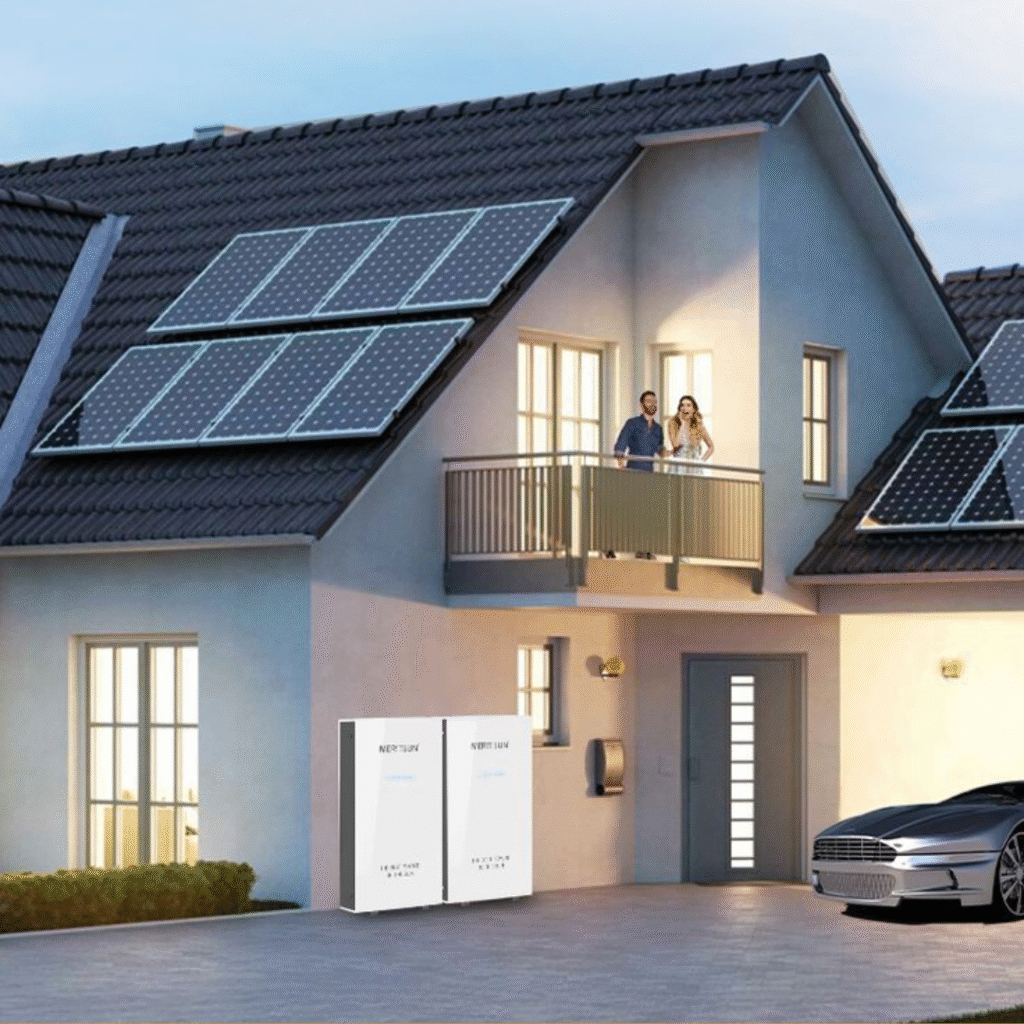Table of Contents
- 1. Is the PowerBox Battery Just a Rebranded Dyness? Here’s What You Need to Know
- 2. Quick Pros & Cons
- 3. Dyness Battery Performance Matrix
- 4. Who Is the Dyness Battery Best For?
- 5. About Dyness
- 6. Key Specs at a Glance (PowerBox Pro)
- 7. Dyness Battery Model Range
- 8. Expanded Pros & Cons
- 9. Support & Warranty
- 10. Ask Us Anything
- 11. Downloadable Documents
- 12. Final Verdict: Should You Buy a Dyness Battery in 2025?
Is the PowerBox Battery Just a Rebranded Dyness? Here’s What You Need to Know
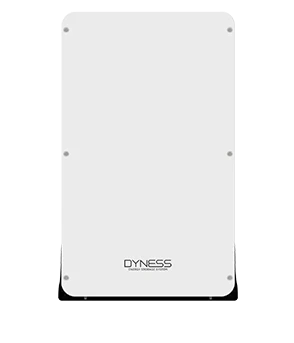
Quick Pros & Cons
Pros
- Affordable price compared to premium batteries
- Modular: Scales from 9.2 kWh to 46 kWh
- Outdoor-rated (IP65) with wall or floor mounting
- 10-year warranty and 6,000+ cycle life
- Compatible with many inverter brands (Sungrow, Victron, GoodWe, etc.)
Cons
- Limited brand recognition in Australia
- App is optional and fairly basic
- Support and service visibility still emerging locally
- Fewer long-term user reviews than established brands
Dyness Battery Performance Matrix
Technical Performance
Standard specs and flexibility across inverter types, but limited field data on real-world performance.
User Experience
Reasonable install flexibility, but app features are basic and customer feedback is minimal.
Trust & Support
Price is attractive, but brand recognition and local support are still developing.
Overall Score
69%
Falls just below our recommended threshold may appeal to budget-focused buyers, but caution is advised around long-term support and brand maturity.
Get Upto 3 Quotes
Compare Battery prices from trusted installers and save thousands on your energy storage system
Who Is the Dyness Battery Best For?
- Budget-focused households comfortable with a newer brand
- Properties needing 9 to 45 kWh of storage with outdoor-rated flexibility
- Installers or buyers familiar with brands like Sungrow, Victron, or GoodWe
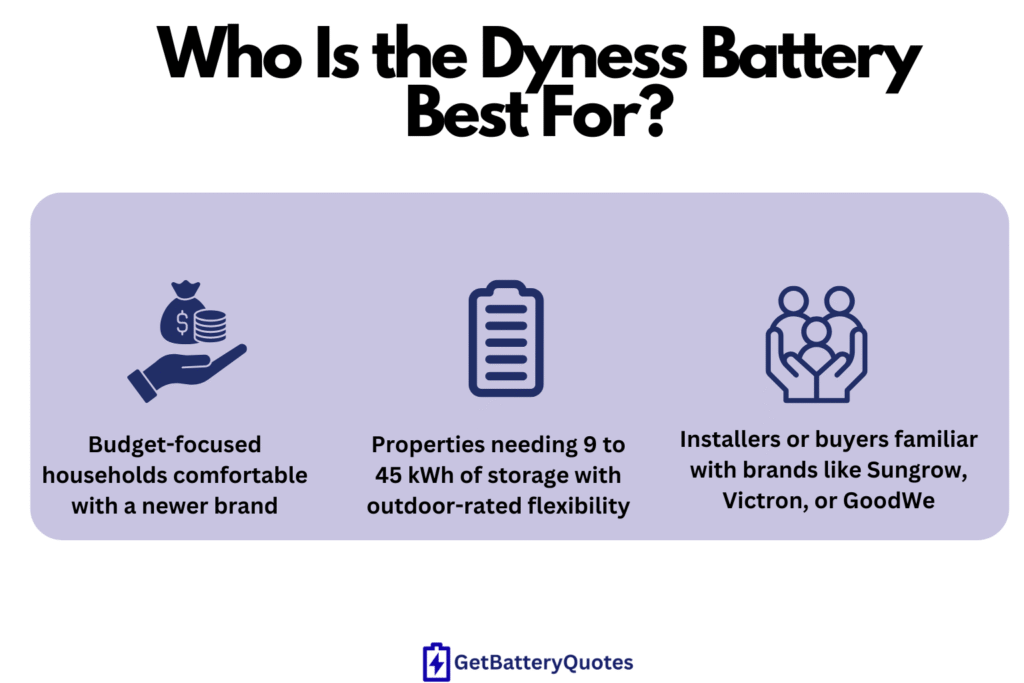
About Dyness
Key Specs at a Glance (PowerBox Pro)
Here’s a quick overview of the most relevant technical specifications for the PowerBox Pro, Dyness’s flagship model in Australia:
- Usable Capacity: 9.22 kWh per unit
- Scalability: Up to 5 units (max 46.1 kWh)
- Nominal Power: 5.12 kW
- Peak Power: 10.24 kW
- Battery Chemistry: Lithium Iron Phosphate (LFP)
- Cycle Life: ≥6,000 cycles @ 80% DoD
- Operating Voltage: 44.8V–57.6V
- Ingress Protection: IP65 (outdoor rated)
- Weight: 103 kg
- Dimensions: 555 × 210 × 928 mm
- Mounting: Floor or wall-mount
- Monitoring: App-based, optional
- Inverter Compatibility: Sungrow, GoodWe, Victron, SMA, Solis, Deye, and others
- Warranty: 10 years
These specs make it a capable system for both single-phase and three-phase setups (when inverter matched), with a focus on flexibility and affordability.
Dyness Battery Model Range
CEC-Approved Dyness Models (as of July 2025)
| Model Name | Usable Capacity (kWh) | Outdoor Rated | Series |
|---|---|---|---|
| PowerDepot H5B | 4.61 | Yes | PowerDepot |
| PowerBox Pro | 9.22 | Yes | PowerBox |
| PowerBox G2 | 9.73 | Yes | PowerBox G2 |
| DL5.0 | 4.61 | No | — |
| Cygni HS Series* | 7.3 – 14.6 | Yes | Cygni (HS-M2/M3/M4) |
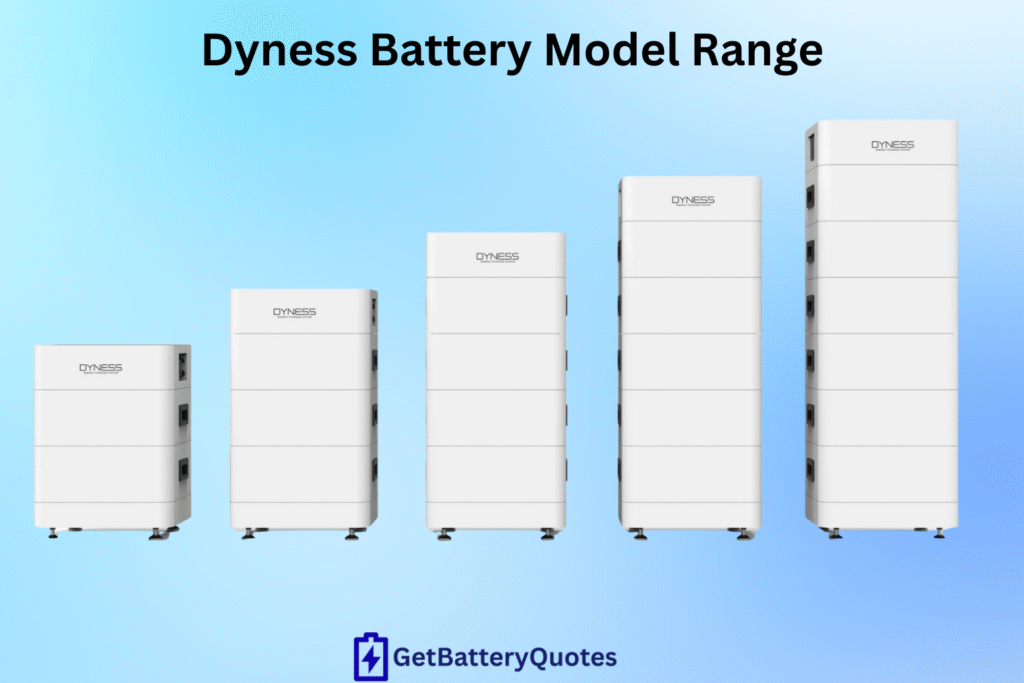
Expanded Pros & Cons
Pros
- Low upfront cost
One of the more affordable 9–10 kWh batteries available in Australia
- Flexible design
- Scalable storage
- Broad inverter compatibility
- 10-year warranty
- LFP chemistry
Safer and more stable than older lithium-ion types
- App support
Optional real-time monitoring and remote firmware updates
Cons
- Brand confusion
- Basic software experience
- Limited track record
- Support structure unclear
- Heavy unit
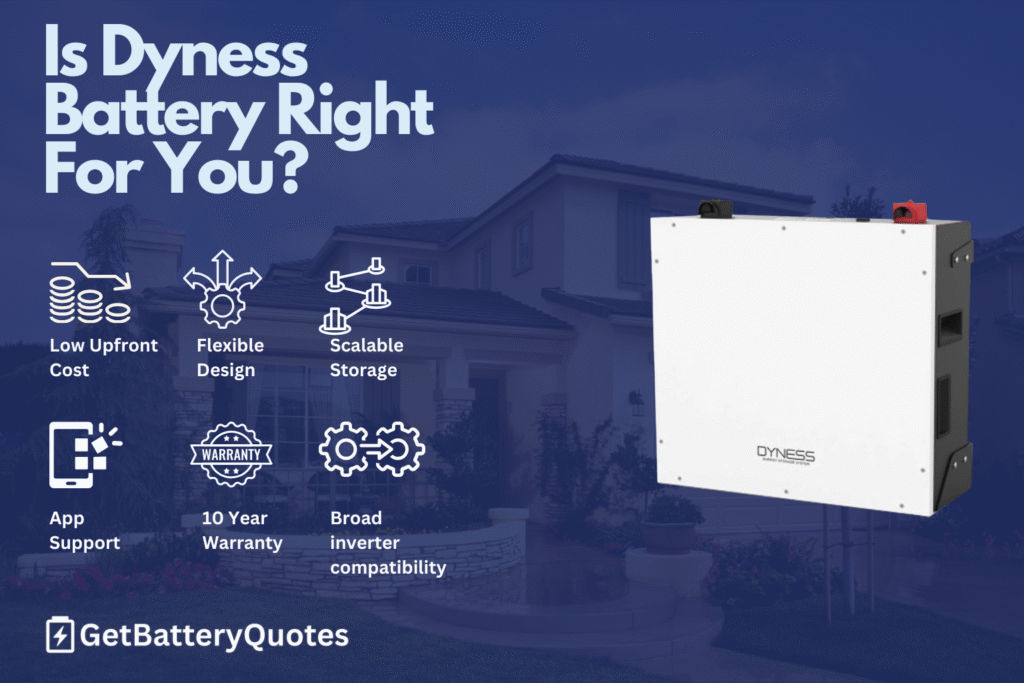
Get Upto 3 Quotes
Compare Battery prices from trusted installers and save thousands on your energy storage system
Support & Warranty
- The warranty claim process is not clearly outlined for end users
- Service network availability and response times remain unclear
- App updates and technical support are available but may require installer involvement
We Have Great Answers
Ask Us Anything
Downloadable Documents
You can access key technical resources for the Dyness (PowerBox) battery system below:
Contains technical specs, physical dimensions, performance ratings, and inverter compatibility.
Includes coverage period, cycle limitations, and contact details for service claims via OSW.
Step-by-step setup process, wiring diagram, inverter communication setup, and mounting instructions.
Note: Always consult a licensed installer to interpret these documents and ensure correct system integration.
Final Verdict: Should You Buy a Dyness Battery in 2025?
Overall Score: 69%
The Dyness battery scores below our 70% recommendation threshold. While it may suit certain households looking for a low-cost, scalable solution, we do not consider it a recommended system for most Australian homes.

